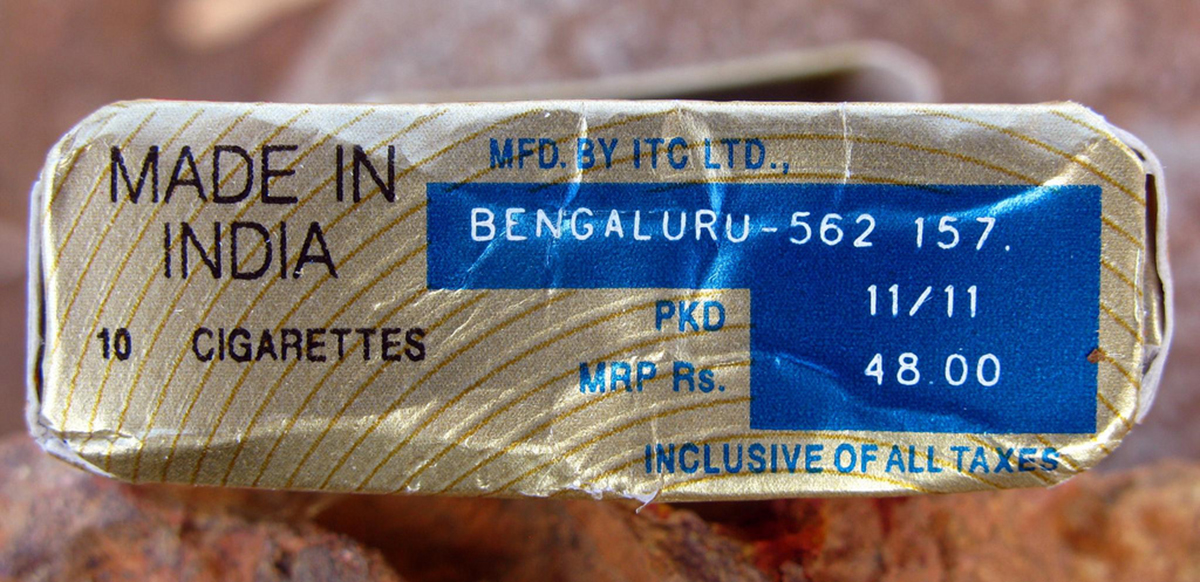Table of Contents
Oral cancer is currently the eleventh most common cancer on a global scale, with an estimated 300,000 cases being reported each year. In most countries oral cancer makes up around three to 10 percent of overall cancer cases — but it's fast becoming more prevalent. In India, oral cancer is already the most commonly diagnosed cancer, accounting for as many as four in 10 cancer cases. Why is India being held in the grip of oral cancer? And equally importantly, what can we do about that?

Why Is Oral Cancer So Common In India?
Oral cancer is, in fact, a group of cancers, each with a different set of predisposing characters, rate of progression, appearance and treatment. Ninety percent of all oral cancer cases can be attributed to the effects of tobacco and alcohol consumption, with smoking posing a particular risk. Huge numbers of Indians smoke: close to 57 percent people between the ages of 15 and 49 reported some amount of tobacco use in a recent survey.
Also extremely common across the country is the use of smokeless tobacco. A "betel quid", or a "pan", as it is known in the local language, consists of areca nut, tobacco, slaked lime and some other condiments wrapped in a leaf. Consuming tobacco this way has a high level of social acceptability and is almost a post-meal ritual in large parts of the country.
Other locally-available mixtures of areca nut and tobacco called gutkha, zarda, mawa and khainni are sold at almost every nook and corner.
In fact, family members introduce the habit of chewing tobacco or eating pan to youngsters in a large percentage of cases. The reason for this is ignorance about the possible adverse effects of these habits and the "everyone is doing it so it must be right" principle.
Certain parts of India, like rural parts of Andhra Pradesh, practice a habit called reverse smoking in which people actually inhale while keeping the lit end of the cigarette inside the mouth. This is much more harmful to the oral tissues and expectedly results in a very high incidence of oral cancer.
A recent trend has also seen the rise of oral cancer in young adults even though they not have any of the risk factors present among them.
READ The Changing Face of Oral Cancer
According to WHO estimates, 130,000 people die due to oral cancer every year in India, which is approximately 14 deaths every hour. In a country with widespread poverty and lack of education, this puts a huge toll on the already stretched healthcare resources of the country.
- Photo courtesy of Artist in doing nothing. via Flickr: www.flickr.com/photos/miran/6636568853
- Photo courtesy of Artist in doing nothing. via Flickr: www.flickr.com/photos/miran/6636568853
- Photo courtesy of mckaysavage via Flickr: www.flickr.com/photos/mckaysavage/3059483658
- 1. http://ocf.org.in/professional/IncidenceAndPrevalence.aspx
- 2. http://www.deccanherald.com/content/309608/86-per-cent-global-oral.html
- 3. J Community Health. 2012 Apr
- 37(2):316-9. doi: 10.1007/s10900-011-9447-6. Oral cancer in India: an epidemiologic and clinical review.


Your thoughts on this